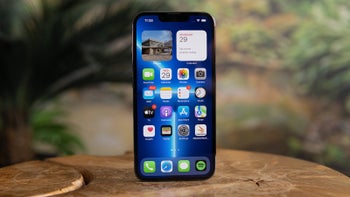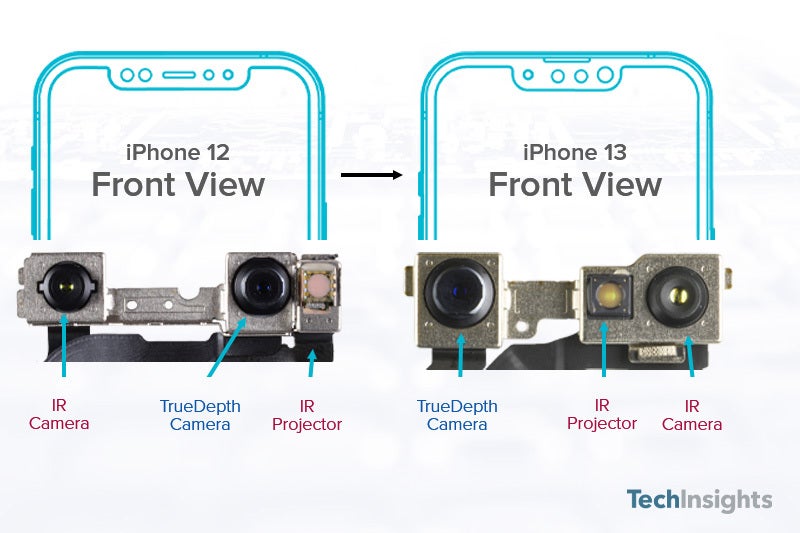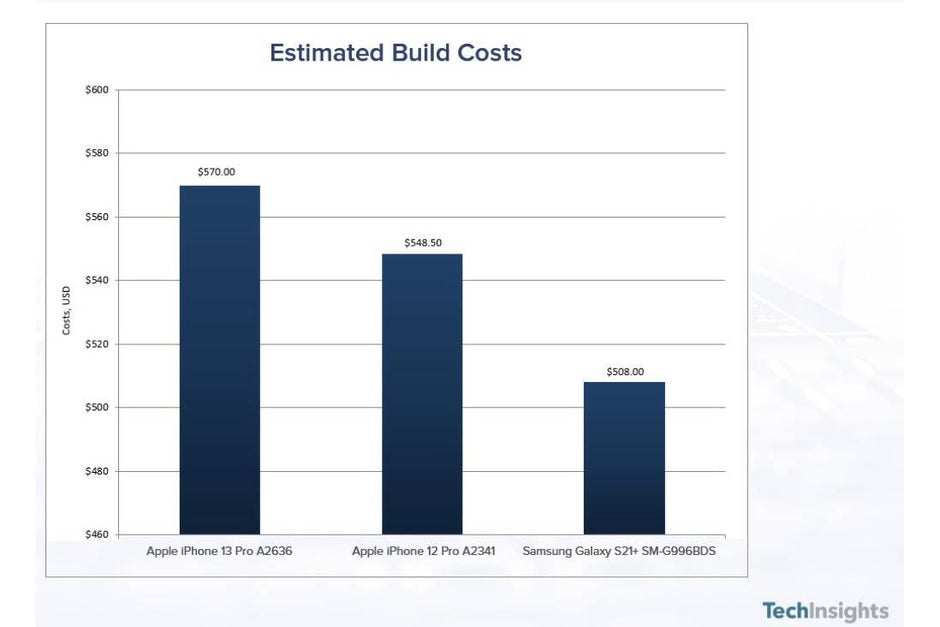
Per the reverse engineering company, the iPhone 13 Pro features LPDDR4X RAM (6GB) instead of the newer LPDDR5 variant. The iPhone 13 and 13 Pro appear to be using the same GPU at first glance. Apple has said the standard models have a 4-core GPU and the Pros have been equipped with a 5-core GPU.
The iPhone 13 features a 1.7 µm wide camera, which means it has larger pixels than the iPhone 12 which has 1.4 µm pixels. The Pro model boasts a wide camera with 1.9 µm pixels, up from its predecessor’s 1.4 µm pixels.
The iPhone 13 series has a smaller notch than last year’s range, and TechInsights’ teardown shows us how that was achieved.

iPhone 13 Pro sells for 1.9 times its build cost
The iPhone 13 Pro has been equipped with costlier chip, NAND memory, and display subsystem, and the cost of the main enclosure has also increased, which is why it is apparently more expensive to make than the iPhone 12 Pro. To be specific, the materials and components needed to make the iPhone 13 Pro cost $570. This estimate likely doesn’t include other costs such as software, intellectual property, labor, and shipping.
Apple sells the phone for $1,099. That means the retail price is 1.9 times the build cost. For the iPhone 12 Pro, the items cost stood at $548.

The items needed to manufacture the 256GB Galaxy S21 Plus racked up a bill of $508. It has 8GB of RAM and retails for $1,049. The final price is a little over twice the items cost.
Based on the information at hand, Samsung appears to be raking in roughly the same amount of dough as Apple, as far as unit sales are concerned. Although this strategy is working for Apple and the iPhone 13 is apparently on track to be this year’s best smartphone, Samsung should ideally reconsider it.

